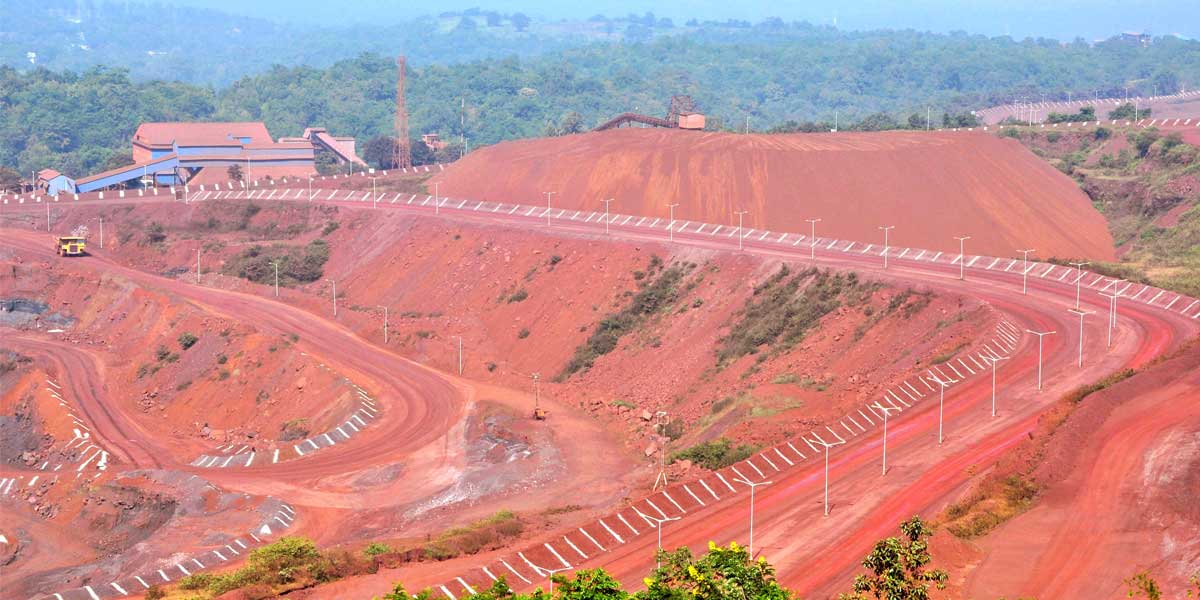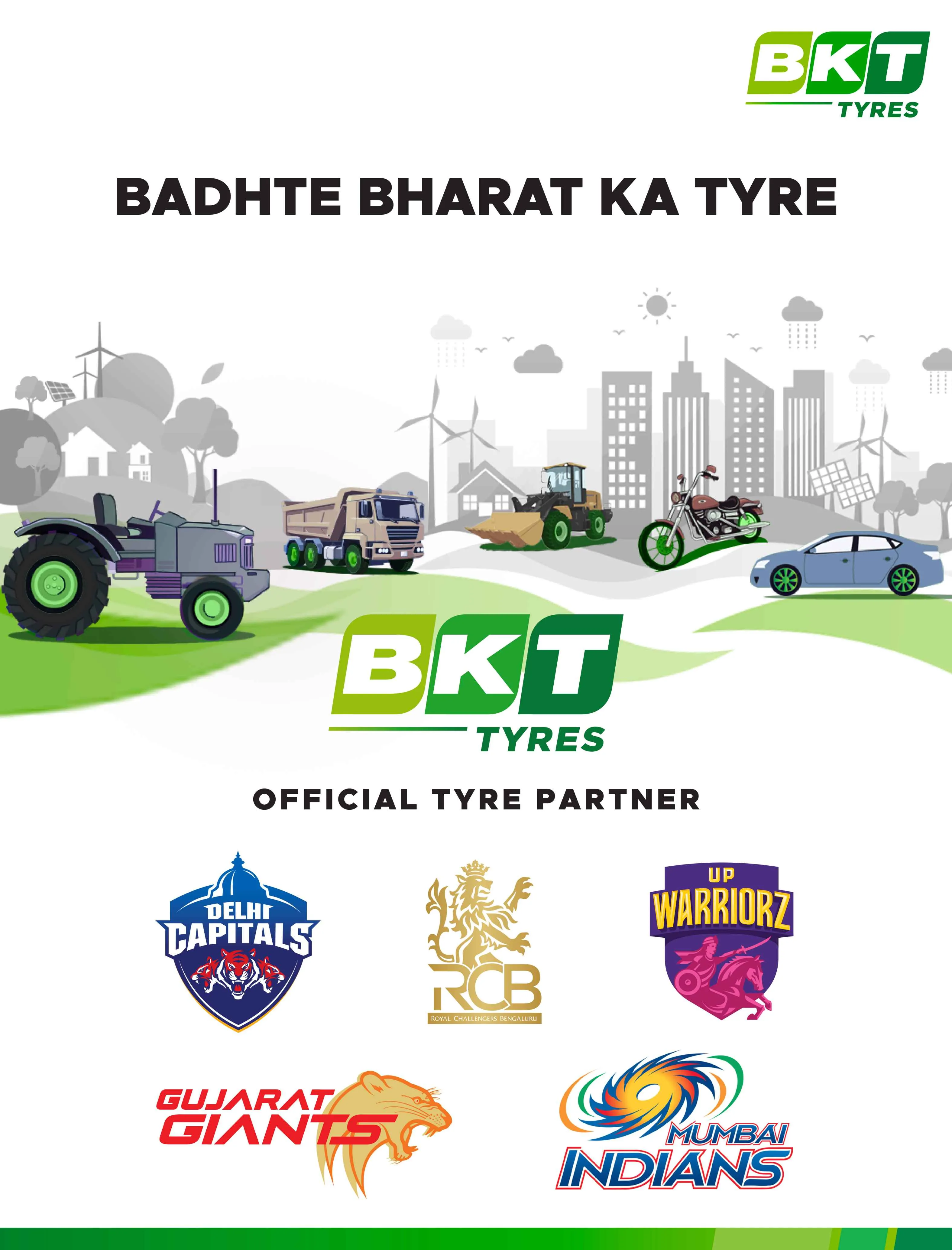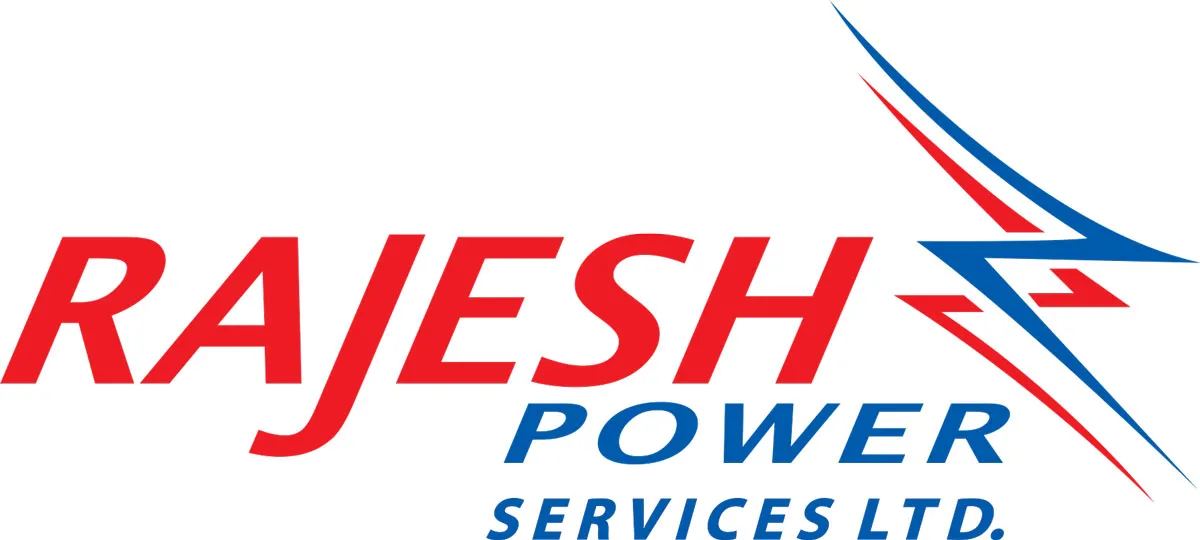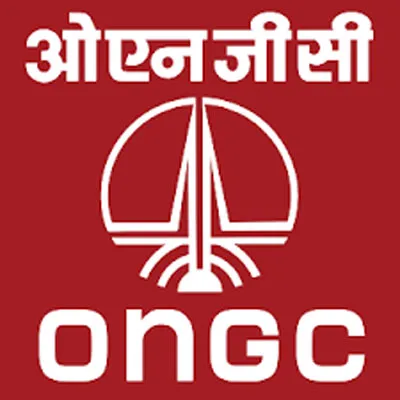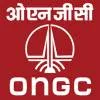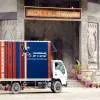Photo courtesy: Ashapura Group of Industries
The adoption of technology by the Indian mining industry lags behind developed countries. In India, most mining operations still use conventional technology and equipment. This hinders the industry’s optimal efficiency and productivity.
However, some leaders are at the forefront of adopting futuristic solutions that have still not been widely deployed, even globally. For instance, Hindustan Zinc. “We aim to install technologically advanced infrastructure in all our mines to help achieve real tangible utility while setting new benchmarks for the global mining community in mine digitalisation, and to become part of the global lighthouse network,” says Arun Misra, CEO, Hindustan Zinc (see below for this mining major’s tech deployments).
Adopting the latest technologies enables industry leaders to spearhead their wider deployment and innovative uses. “Ramco Cement pioneered the use of road milling machines imported from Germany, deploying them in limestone mining,” shares Sambasivam VS, Senior DGM, Mines, Ramco Cement. “Initially, it was a struggle for both the manufacturer and our company. But a joint partnership and continued efforts led to design alterations and, thereafter, successful deployment in limestone mining. Subsequently, these machines penetrated the coal mining segment as well. We’re open to investing in any new technology that improves the way we work and make way for sustainable development.”
To cite another example, across the world, conventional techniques like underground and opencast mining are prevalent and standard in coal mining. However, the US has an additional method known as contour mining that uses highwall miners, specialised equipment that digs into coal seams within the mountains, explains Pranav Agarwal, Chief Financial Officer, New Trinity Coal (An Essar Enterprise).
“Contour technology/equipment is rarely used in other parts of the world like India and Indonesia as most mining here isn’t in hilly regions and even if it is, the preferred method is underground mining,” continues Agarwal. “However, the use of highwall mining equipment is now gaining momentum in India with Coal India using it at some locations with peculiar characteristics like thin seams, low dip, hilly terrain and environmental compliances.”
Tech adoption
What technologies should the Indian mining industry deploy?
Implementing innovative solutions and smart technologies like the mobile miner, a continuous and predictable rock-cutting process, makes planning and scheduling much easier, suggests Misra. “Mineral sizer technology and digital twins (digitised geological, engineering and asset data) enable the creation of digital models of the physical environment.”
Deploying load-haul-dump loaders, low-profile dump trucks, jumbo, exploration drills and production drills in underground mining applications would drive efficiency, he adds. “At Hindustan Zinc, consciously working with our partners, we aim to build and adopt these capabilities. To this end, Hindustan Zinc has signed agreements with Epiroc and Normet for onboarding frontline and service equipment fleet in mines.”
Indian mining should make greater use of remotes and robotic solutions for safety and information and communications technology (ICT), opines Ranjeet Mishra, Chief Operations, Ashapura Group of Industries.
For many, the pandemic presented opportunities to improve working methods.
“Implementing almost contactless operations has helped us continue operations by following guidelines issued by the Centre and state government, says Mishra. “Moreover, it has increased our productivity and output per man shift and reduced costs.”
Missing technologies
The outcome achieved by drilling and blasting is an area where a tech infusion is needed. “Drilling and blasting has seen a lot of development from the launch of sequential timer blasting machines in the early 1990s to electronic detonators more recently, and from being the monopoly of professional manufacturers like Atlas Copco to now having indigenous companies developing machines with modified version of excavators to serve low-cost drilling requirements,” explains Sambasivam.
However, drilling and blasting isn’t the future of mining, he continues. “It is increasingly being seen as an unsafe and environmentally undesirable option, especially considering the population explosion and the growth of pukka structures in rural locations and the outskirts of cities where stone quarrying tends to happen. We need new environment-friendly solutions, hard rock mining equipment that eliminates pollution and ground vibrations.”
“Although a few globally reputed companies claim to supply hard rock continuous mining equipment with compressive strength rocks greater than 100 mpa, we don’t have such machines in India,” says Sambasivam. “Perhaps our own indigenous companies could develop these machines.”
Increasingly high fuel prices have created demand for transportation vehicles run on alternate fuel.
“With increased fuel prices, a switchover from diesel to alternate low-cost clean energy sources will happen rapidly,” observes Sambasivam. “We expect major manufacturers of large-sized diesel-operated trucks for quarrying operations to come up with electrical/hybrid versions at the earliest.”
“Battery electric equipment in mining would bring a transformational change in safety, productivity and sustainability,” opines Misra. “Battery electric vehicles offer high-speed diesel savings, and cause zero noise pollution and zero carbon emissions.”
Greater indigenisation would be good for the industry as would more technology-enabling environment-friendly mines.
“Even today, most high-end heavy earthmoving machinery (HEMM) is imported, which increases both cost and delivery time and attracts a higher duty,” says Mishra. “With the focus on environment-friendly mining, we should deploy low-cost portable water treatment plants, equipment to uproot and replant full grown trees from mining sites to safer land, and more effective technology to control dust, fumes, gas and noise and vibrations generated from a mine site.”
Also, he would like less bureaucracy for the use of drones for survey and exploration, and non-intrusive inspection processes to reduce downtime as inspections could occur while conveyors/plants are fully functional. Additionally, he emphasises the need for “a single source of truth without manual interference”, in the sense that, at present, too much mining equipment is “specialist systems that do not interface or collaborate”.
Last but not the least, high-end mobile medical facilities are essential as are mobile assets to communicate in widespread mines.
Mining advancements at Hindustan Zinc
“Our Sindesar Khurd and Rampura Agucha mines use digital infrastructure and remote load, haul dump loaders, solo equipment, and jumbo equipment so that operators can control the machines from a secure location with the help of multiple cameras and sensors,” says Arun Misra, CEO, Hindustan Zinc. “We plan to expand this feature to other units. Recently inducted load, haul, dump loaders and low-profile dump trucks come with inbuilt sensors that generate timely triggers to fix the machine. We have the largest trackless fleet (21-t load haul dump loaders and 65-t low-profile dump trucks).”
Unmanned drones help collect data and conduct inspections, stock control, condition, and safety monitoring, continues Misra. ‘We have deployed advanced process control, partnering with Mintek Africa to improve recoveries. We have installed water treatment plants to reduce turbidity as quality of water plays a huge role in achieving recoveries. We use automated drills rigs (facilitated by highly advanced intelligent long-feed drill rigs) and mechanised charging. We have three highly advanced simulator facilities to train operators.”
Why has Tata Steel digitalised its mining operations?
The mining sector is facing rising pressure for cleaner, safer and more efficient processes, according to D B Sundara Ramam, Vice President, Raw Materials, Tata Steel. “This has led to fundamental shifts as miners are forced to adopt digitalisation and data analytics to improve operational excellence and risk management. Tata Steel charted out its vision a couple of years ago to become a leading player in digitalising its mining operations across the value chain. COVID-19 has only helped accelerate this transformation.”
High-end technology can enable remote-controlled mines that can be monitored from anywhere for safer and more sustainable mining operations, he continues. “In general, companies are leveraging automation, robotics (robotic dozing, excavation, hauling, drilling, explosives handling, mapping, and surveying), and operational hardware to achieve their objectives.”
“Our initiatives span automation and digitalisation of mines, beneficiation plants as well as logistics,” elucidates Sundara Ramam. “We have improved our LAN/WAN bandwidth for better digital communication and data transfer. We are capturing digital data and generating integrated online reports for safety, production, quality and the supply chain. We have automated/sensorised plant equipment and mining equipment for the automatic capturing of data using IOT or digital data transmission using optical fibre cables. We are now remotely controlling equipment like conveyors and pumps and are centrally monitoring operations. We are using an array of digital applications and solutions including a ‘Suraksha Card’ for real-time tracking of workforce, video analytics and the online safety management system. We are also mapping mines digitally using drones and GIS-based technologies.”
Coming to the benefits, digitalisation can make mines safer and help extend their life through better mine planning and mineral resource visibility, says Sundara Ramam. “Our digital/automation initiatives have improved information flow and, hence, scheduling and material flow. Digitalisation has ushered in data transparency and provided visualisation and decision matrix tools. We are seeing improved productivity through the real-time monitoring of equipment, plant and operator performance and sweating of capital-intensive mining equipment. Digitalisation has facilitated compliance with statutory requirements through accurate land use plans and greater visibility and accurate volume measurements using drone/scanner technologies, etc. Digitalised mines are more creative workplaces and more stimulating and inspiring.”
The inspiration for the sector often comes from the German industrial concept of Industry 4.0, adds Sundara Ramam. “Used rightly, digitalisation can generate jobs in the safe control room environments receiving processed information from the ‘rock’, from personnel, and from the machinery, where employees can display their expertise and creativity. In future, we will step up data mining using artificial intelligence and machine learning to make sense of voluminous data captured online by various sensors.”
Automation in a private mine
“We’ve deployed automation in various ways, such as automatic HEMM in opencast mines, automatic fire detection and suppression systems in HEMMs, indication and warning systems for any/all mine hazards, environment monitoring system and safe EHS practices, robotic operations and mobile monitoring systems and electronic performance system for employees, says Ranjeet Mishra, Chief Operations, Ashapura Group of Industries.
“We’re using Theodolites, levels, electronic distance measurement (EDM) and total stations (TS), GPS and differential GPS, stope stability radars, etc, to plan and execute big mining projects,” he adds. “We use the latest software such as Surpac, Datamine, Minex and AutoCAD.”
“While we prefer mechanised overcast mining with deep hole drilling and blasting, ripper dozers, hydraulic excavators and pay loaders for conventional loosening and excavation, we also use surface miners, which are more productive and most economical but can only be deployed for huge blankets and homogeneous deposits at a very minimal cost,” concludes Mishra.
- CHARU BAHRI
